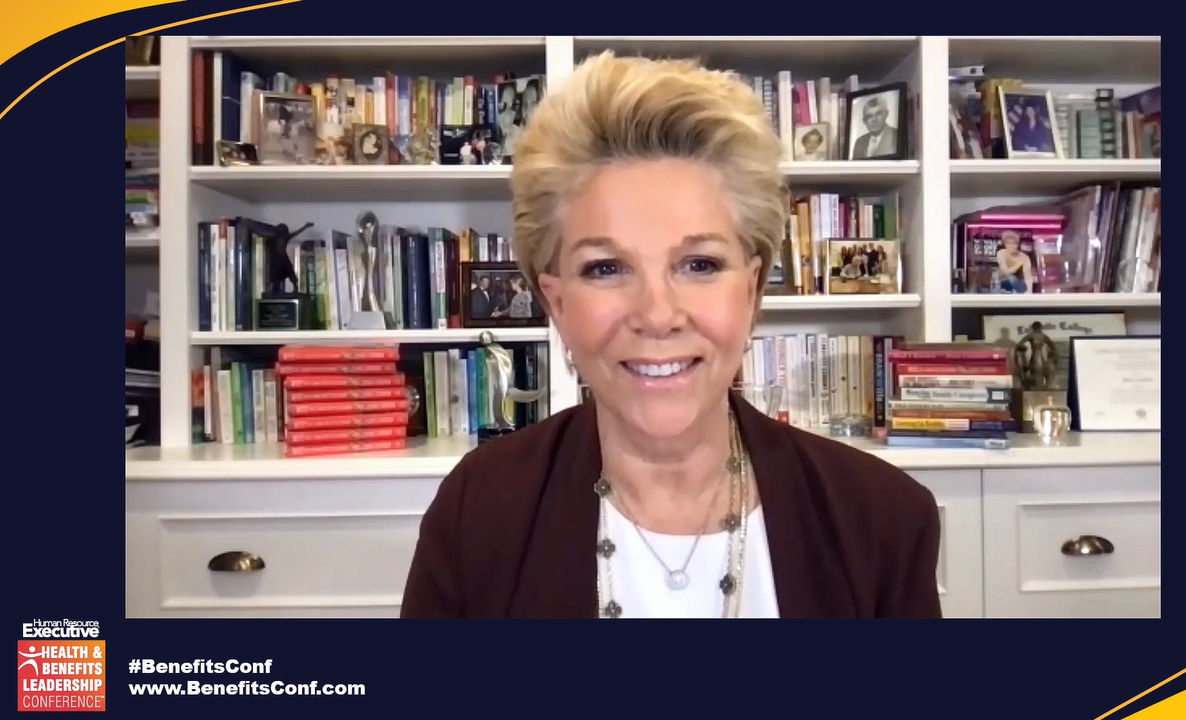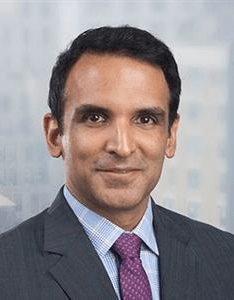The challenges that employers have faced in the last year are unprecedented—and, accordingly, so are the impacts to their benefits programs. That was the consensus on the opening day of the Health & Benefits Leadership Conference, a free, virtual event running through May 13.
As organizations work to bounce back from the pandemic, conversations are focusing on the role of benefits—which have become a key headline in employers’ efforts to support their workers over the last year. And for many, that role will be a significant one in their reimagined organizations.
According to several speakers, here are a few of the priorities for the future of benefits:
Caregiving is a crisis—for all organizations.
Even if you think you don’t have a caregiving crisis among your workforce right now, you probably do—or will soon, said Joan Lunden, author, former host of Good Morning America and an advocate for caregiving support.
In her keynote, Lunden noted that, across industries, many employees are struggling to stay invested in work while caring for kids or parents at home—often with little access to paid leave, affordable care and mental health support. The pandemic has deepened this already growing crisis, with enhanced child- and eldercare responsibilities driving up employee stress and burnout—and driving millions, largely women, out of the workforce.
 When Lunden was at GMA, she was able to bring her baby to work, but she heard from scores of viewers frustrated that their employers didn’t recognize the needs of their working parents and other caregivers. And little has changed in the decades since.
When Lunden was at GMA, she was able to bring her baby to work, but she heard from scores of viewers frustrated that their employers didn’t recognize the needs of their working parents and other caregivers. And little has changed in the decades since.
While some states have advanced laws mandating paid leave, “the vast majority of families in the U.S. still don’t have access to paid leave and medical leave,” she said, noting less than half of American workers have employer-provided medical leave, and less than 20% receive paid parental or caregiving leave through their employer.
That can force “terrific, talented, hard-working employees to drop right out of the labor force entirely,” she said, as evidenced by the last year. “And it makes no sense. It makes no sense for the employees and the employer.”
Organizations need to do more—in the form of benefits, policies and even advocacy—to support their caregiving employees.
“We are in the middle of a caregiving crisis, and it’s a problem that’s only going to grow,” she said.
The vaccine issue isn’t going away.
As COVID-19 vaccines started rolling out in the last few months, employers were faced with a question: Should they require employees to receive the shot? Encourage them? Stay silent?
Most came down on the side of encouragement, said Carol Morrison, senior research analyst at Institute for Corporate Productivity (i4cp).
Carol Morrison of i4cp
“What i4cp research has found is that encouragement is the watchword,” she said, noting that i4cp data from late March revealed that 74% of employers planned to encourage workers to get vaccinated, while just 8% would require it.
Education about the merits and efficacy of the vaccine have been central to such efforts, along with incentives, such as paid time off to get the vaccine. Tonie Lyubelsky, senior director, total rewards at Elkay Manufacturing, said Elkay’s CEO addresses the issue in a weekly video meeting and the company uses CDC materials throughout its facilities to inform workers about how to get the vaccine.
While the reliance on encouragement is clear, few employers have an actual written vaccine policy, Morrison said. Organizations are approaching the issue with an “abundance of caution,” but it remains a fast, changing situation that requires “close attention from business leaders,” Morrison said.
Read more here.
The workplace after the pandemic is coming into focus.
For more than a year, employers have been laboring through the pandemic transition—adjusting employees to remote work, adapting benefits to meet their evolving needs and revamping policies to provide needed support. Now, the focus is starting to shift to the long-term.
“We need to think about creating the model of the future, not the model any longer in reaction to the pandemic,” said Viq Pervaaz, partner and health sciences leader at EY, in a Spotlight Session with Fernando Salinas, global senior vice president of HR, R&D, robotics, digital solutions and external innovation at Johnson & Johnson. The pair recommended employers rely on a structured framework—informed by guiding principles and taking into consideration all potential variables—to make the move from transition to transformation, in everything from benefits offerings to workplace technology.

Viq Pervaaz
“We are severing our ties with the pandemic and saying, ‘How do we build for the future in a sustainable capacity, one that engages employees?’ ” Pervaaz asked.
That was also a question addressed by John Sumser, founder and editor of HRExaminer, who explored how the very goal of benefits has changed in the last year and what’s to come.
The pandemic upended the social contract between employees and employers—the flexibility extended this last year will likely become more permanent and both employees and organizations saw that innovation can happen quickly—prompting a new relationship where employees have more voice in benefits design. Driven by an upcoming surge in new benefits software, Sumser envisions benefits targeted to helping lower-income workers overcome inequities, a continued rise in telemedicine, and a focus on health and safety, among other areas.
“The golden age of benefits is coming,” he said. “All of these new circumstances are going to create an explosion in the kinds of benefits employers can extend to employees.”